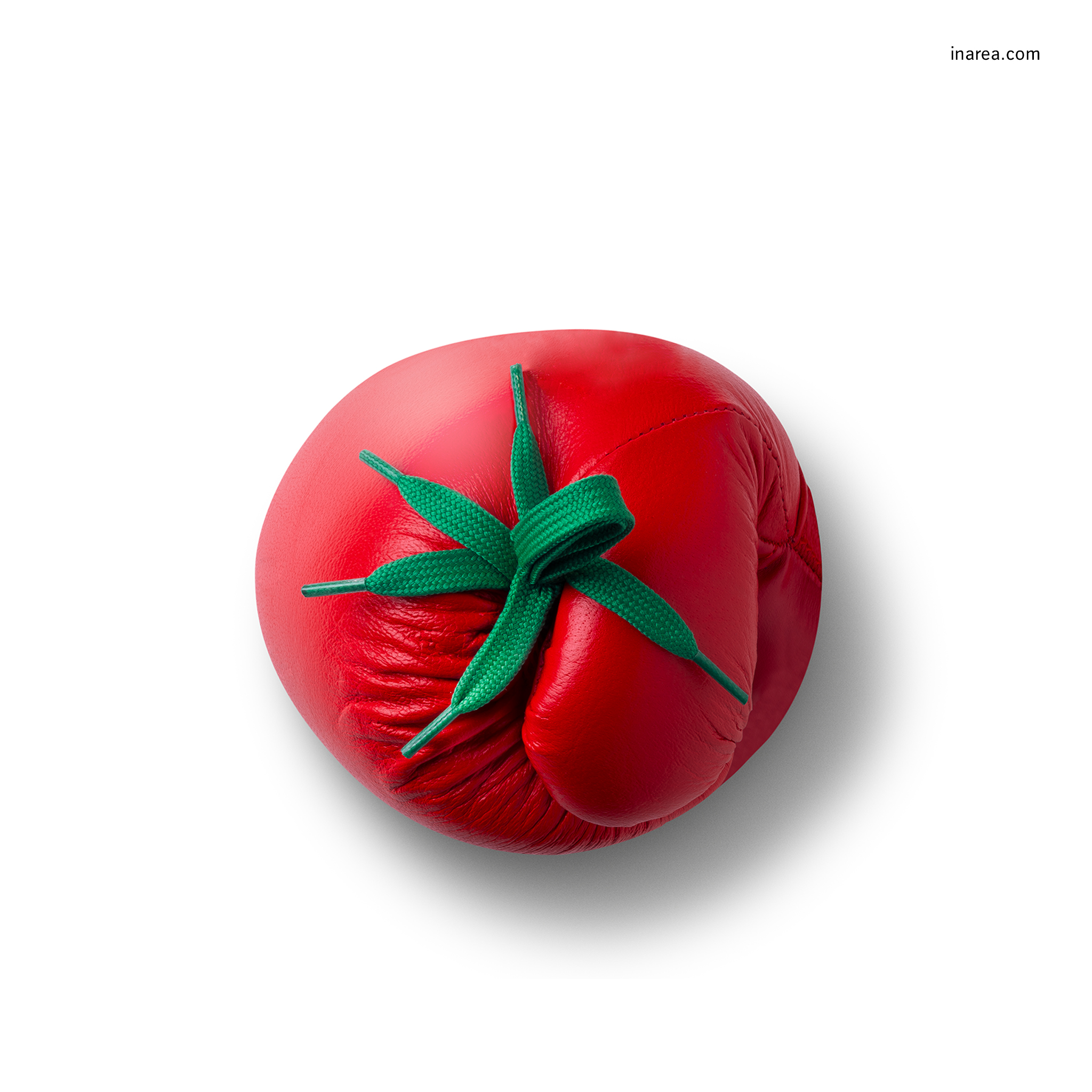At the Fondazione Prada in Milan Rem Koolhaas and Salvatore Settis have mounted a Roman sarcophagus on a desk: visitors are invited to sit down on an office chair to observe the marble artefact. It’s almost an explicit invitation not to get distracted. It was the Romans themselves who had favoured the idea of a “comfortable” observation point: when they erected Trajan’s Column, they knew that by climbing up to the terrace at the top of the Basilica Ulpia they could survey the war between the Romans and Dacians just a stone’s throw away. As time went by, however, it was clear that the Basilica had been a venue of convenience, a commodity, linked to a specific moment of need; consequently, it has since disappeared, practically without a trace (while the Column itself survived because it was recycled as a bell tower for a church).
The word “commodity” comes from the French “commodité” and means something that is convenient or comfortably available. Commodities camouflage themselves into our lives, to the point that we often don’t even notice them – unless a ‘hiccup’ of some kind occurs. Can soup thrown at a painting be considered a hiccup? Yes, in a way, if we consider Vincent Van Gogh’s “Sunflowers” part of our everyday landscape: they certainly seem to have comfortably wheedled their way onto our desktops, ties and mugs.
People will be able to visit Italian state museums for free next Sunday, 4 December (a privilege granted every day to those who live in a city like London). Fingers crossed that no happenings involving tomato sauce occur, Italy could comfortably win this round with one single painting by Parmigianino (the nickname of the great painter means “the little one from the city of Parma”, in other words, “the little Parmesan”). Will our mouths water as we look at his masterpiece, like the great Italian actor Alberto Sordi’s did as his eyes greedily devoured the pasta on a plate in front of him in a famous film from the 1950s? Buon appetito!

